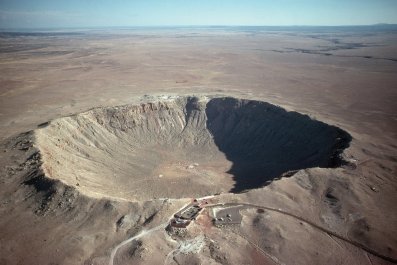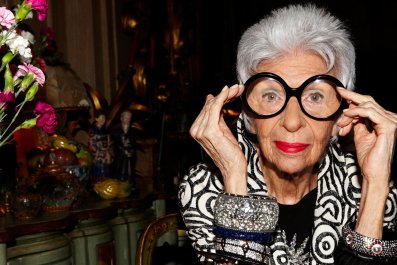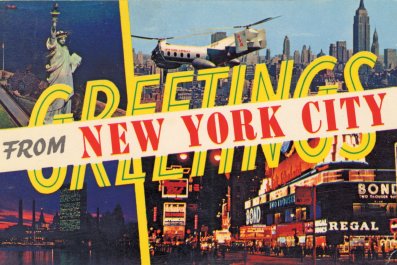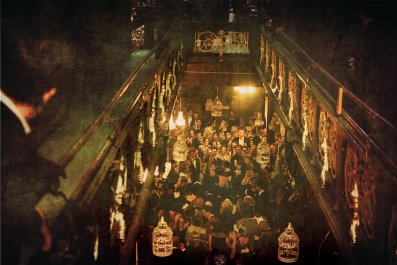If you've checked out the Matt Damon sci-fi film Elysium, you know it gets its name from the ultimate gated community: a paradise off Earth where the richest 1 percent live in luxury while the planet and the vast majority of people on it are allowed to go to hell. In this dystopia set 150 years in the future, a huge guard force keeps the beleaguered masses down. It all seems highly ideological—and the likelihood of such a scenario feels pretty remote—until you read an academic paper published in 2005 by Samuel Bowles and Arjun Jayadev of the Santa Fe Institute. They studied what they called "guard labor," an evocative term by which they actually meant those in the workforce who are supposed to enforce the productivity of others without producing anything themselves; who control threats to the system (the military, police, guards, prison staff); or who are unproductive because they're unemployed or imprisoned. As economics columnist Joseph Lawler pointed out in The Washington Examiner earlier this month, the results are pretty striking and more than a little Elysium-like. In 1890 only about 6 percent of the American workforce qualified as "guard labor"; by 2002, that figure had risen to 26 percent—and it just keeps going up.
Just How Far Off is the Inequality Depicted in the Film 'Elysium'?
























